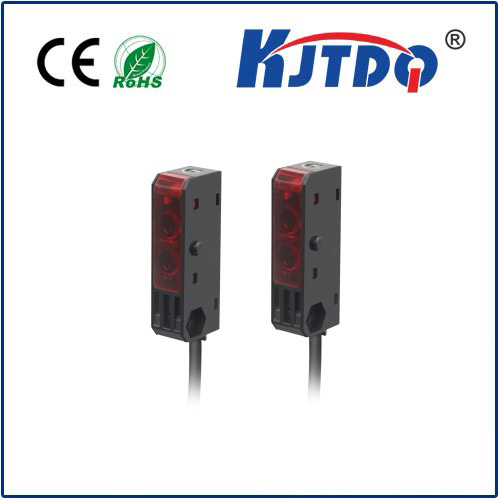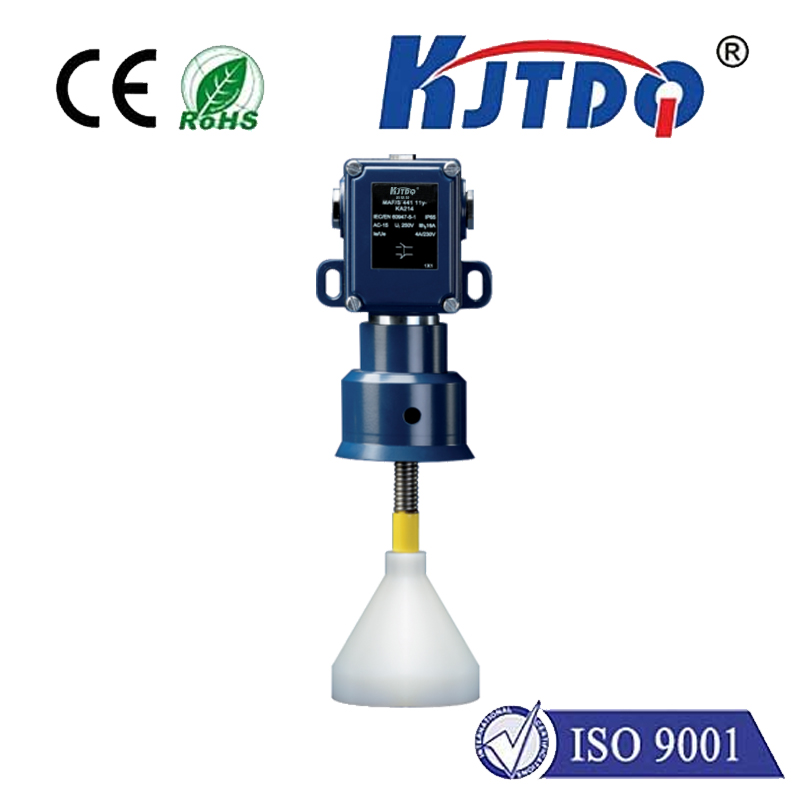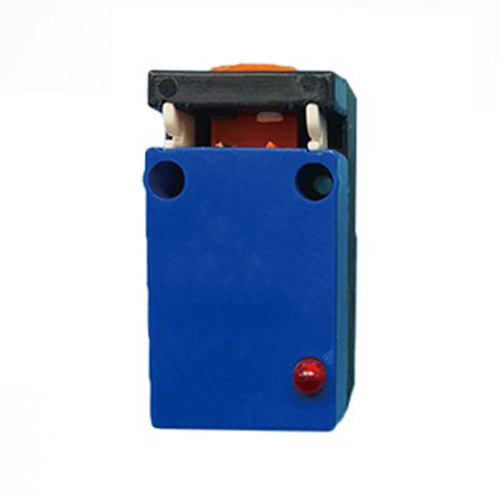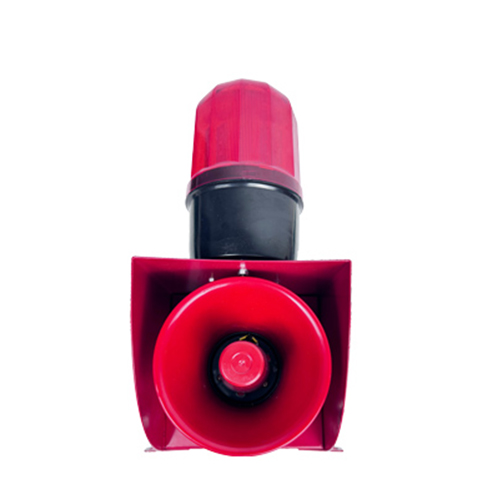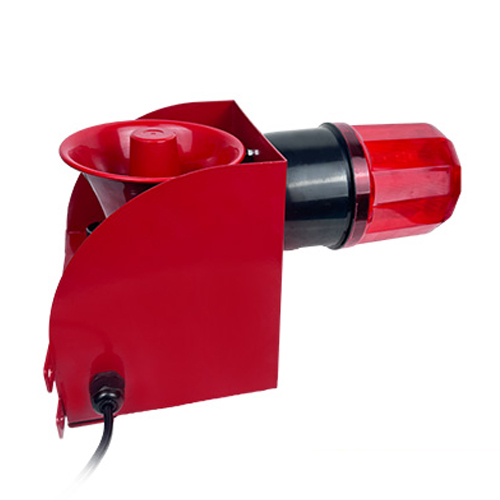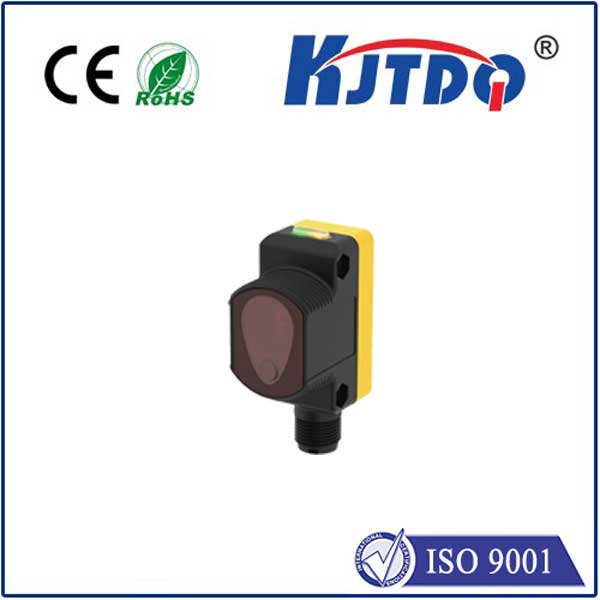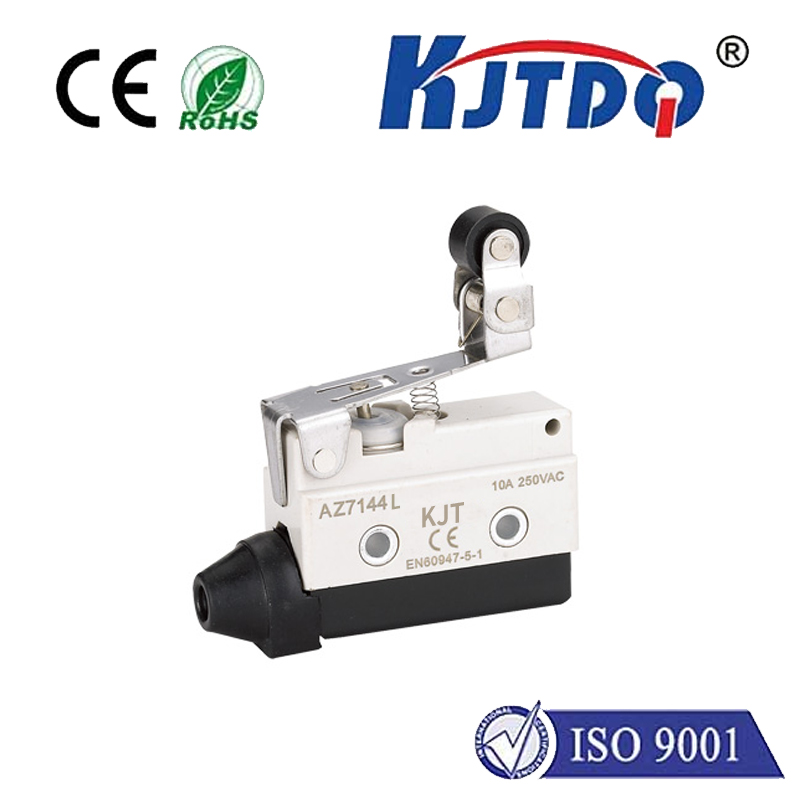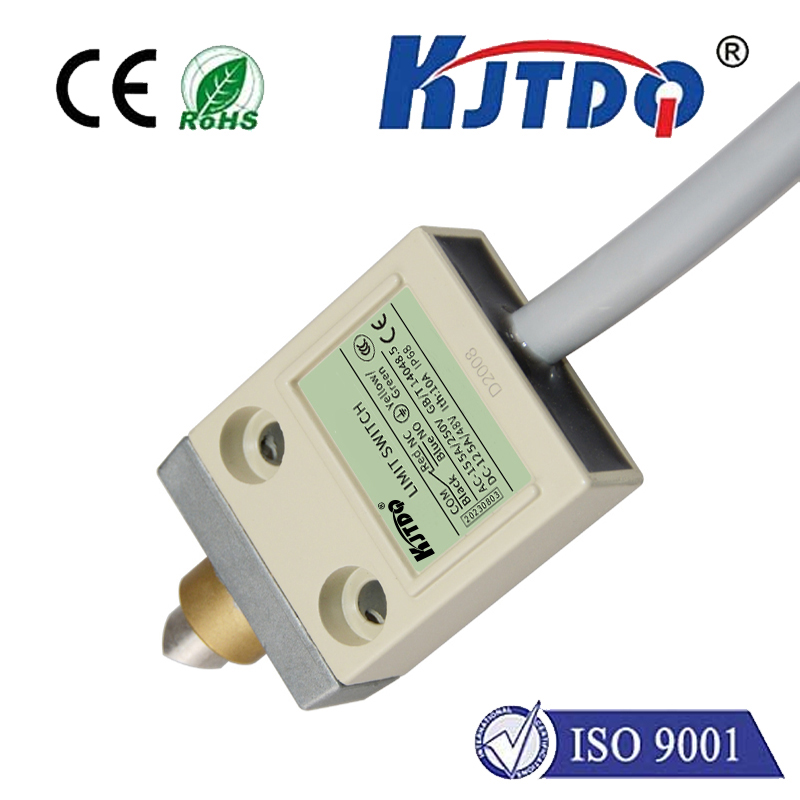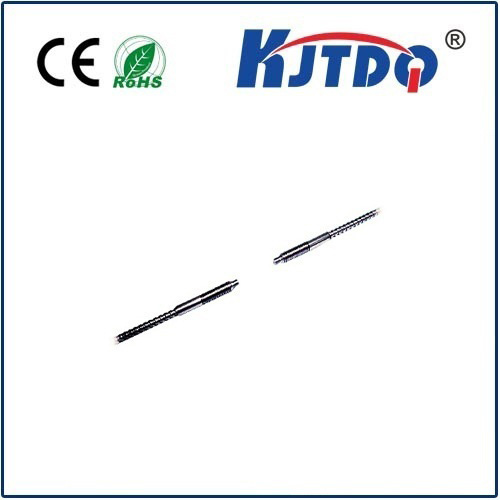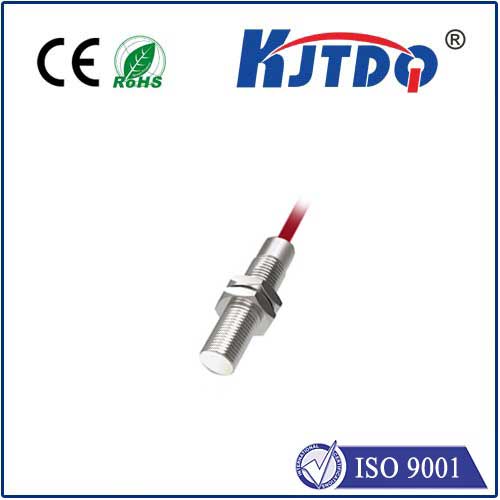

check

check

check

check
Unveiling the Power of Eddy Current Proximity Sensors: Innovations and Applications Eddy current proximity sensors have emerged as a vital technology in various industries, owing to their non-contact nature and reliability. In this article, we will explore the fundamental principles behind these sensors, their unique advantages, and their diverse application areas. Understanding Eddy Current Proximity Sensors An eddy current proximity sensor operates based on the principle of electromagnetic induction. When an alternating current (AC) passes through a coil, it generates a fluctuating magnetic field. This field induces eddy currents in any conductive material that comes into close proximity to the sensor. The presence of these eddy currents affects the impedance of the coil, which can be detected and measured to determine the distance to the object. Advantages of Eddy Current Proximity Sensors
Non-Contact Measurement: These sensors do not require physical contact with the target object, ensuring longevity and minimizing wear and tear.
High Precision: They offer high accuracy and repeatability, making them ideal for applications demanding precise measurements.
Versatility: Suitable for both metallic and non-metallic targets, broadening their range of applications across different sectors.

Durability: Their robust design makes them resistant to harsh environmental conditions, including dust, moisture, and temperature fluctuations.
No Wear and Tear: Since there is no direct contact, these sensors experience less mechanical wear compared to other types of sensors. Applications of Eddy Current Proximity Sensors
Automotive Industry: Used in assembly lines for detecting and positioning components such as gears, shafts, and bearings.
Aerospace: Employed for inspecting and measuring critical parts like turbine blades and landing gear without causing damage.
Metalworking: Facilitates precise cutting and shaping of metal sheets and plates by providing accurate feedback on the distance between the tool and the workpiece.
Robotics: Integrated into robotic systems for tasks requiring fine motion control, such as welding or pick-and-place operations.
Quality Control: Vital in manufacturing for monitoring product dimensions and ensuring consistent quality. In conclusion, eddy current proximity sensors represent a significant advancement in sensor technology. Their non-contact nature, combined with durability and precision, makes them indispensable tools in today’s industrial landscape. As technology continues to evolve, these sensors are likely to find even more innovative applications, further solidifying their role in modern engineering and manufacturing processes.
